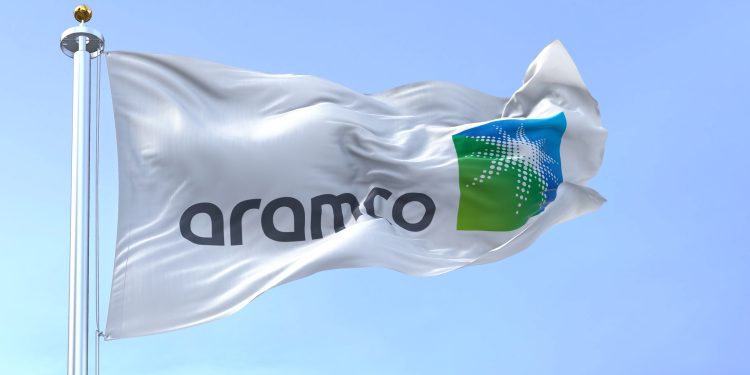The Saudi Arabian Oil Co., also known as Aramco, disclosed net earnings of $121.3 billion for the fiscal year 2023. This figure stands as the company’s second most substantial net income recorded to date. Aramco’s ability to adapt operationally, its dependability, and the efficiency of its production processes have been instrumental in its sustained pledge to enrich shareholder value, as per a company announcement.
Amin H. Nasser, Aramco’s president and CEO, expressed pride in the company’s performance, attributing high profitability and robust cash flows to its resilience and adaptability amidst economic uncertainties. Nasser highlighted a 30 percent increase in total dividends paid out to shareholders over the past year.
Despite a decrease from the $161.1 billion income in 2022, the 2023 figures are commendable considering the drop in crude oil prices, sales volume, and shrinking refining and chemical margins. Fortunately, a decrease in production royalties and taxes, including zakat, helped mitigate these declines.
The fourth quarter witnessed Aramco earning $27.8 billion, in line with expert forecasts, even after accounting for non-cash charges nearing $1.5 billion. Over the year, the state-controlled oil behemoth paid out $97.8 billion in dividends, with a 30 percent surge from the previous year.
A base dividend of $20.3 billion is set for distribution in the final quarter of the year, with a performance-linked bonus of $10.8 billion approved by the board, marking the third occurrence of such a payout.
In terms of investments, Aramco channeled $49.7 billion into capital expenditures in 2023, marking a 28 percent hike from the prior year. Looking ahead, the company forecasts an investment budget ranging between $48 billion and $58 billion for 2024.
Nasser underscored the company’s strategic investments to maximize value from its operations, preparing for a long-term scenario where oil and gas remain integral to the energy landscape, alongside emerging energy technologies.
Aramco’s free cash flow stood at $101.2 billion for the year, a dip from 2022’s $148.5 billion. Nonetheless, the firm maintains a robust balance sheet, with a gearing ratio of -6.3 percent, showing slight improvement from the previous year’s -7.9 percent.
The Saudi government’s directive to uphold Aramco’s maximum sustainable capacity at 12 million barrels per day grants the company more operational leeway. This directive aligns with Aramco’s goals to augment gas production and refine its liquids-to-chemicals operations.
Aramco’s global ambitions are evident with its initial foray into international LNG investments, expansion of retail operations abroad, progress in overseas refining and chemical projects, and strides in new energy ventures. Nasser emphasized the company’s readiness to leverage market opportunities and drive strategic goals forward.
During a media briefing, Nasser reiterated the necessity of a diverse energy mix, including traditional and renewable sources, to ensure a balanced and gradual energy transition. He highlighted Aramco’s pivotal role as a cost-effective producer with a low carbon footprint in satisfying global energy demands.
Nasser shared with Arab News the company’s enthusiasm for renewable energy, with a target to achieve 12 gigawatts from solar and wind by 2030—a goal that may increase in response to the Kingdom’s accelerated targets.
With a projection to boost gas production by over 60 percent by 2030 compared to 2021, Aramco is also focusing on renewable investments both within the Kingdom and on a global scale, exploring solar, wind, hydrogen, and carbon capture and storage (CCS) opportunities.
Lastly, Nasser announced Aramco’s commitment to capturing 9 million tons of CO2 annually by 2027, through partnerships and collaborative initiatives, further cementing its role in sustainable energy development.


